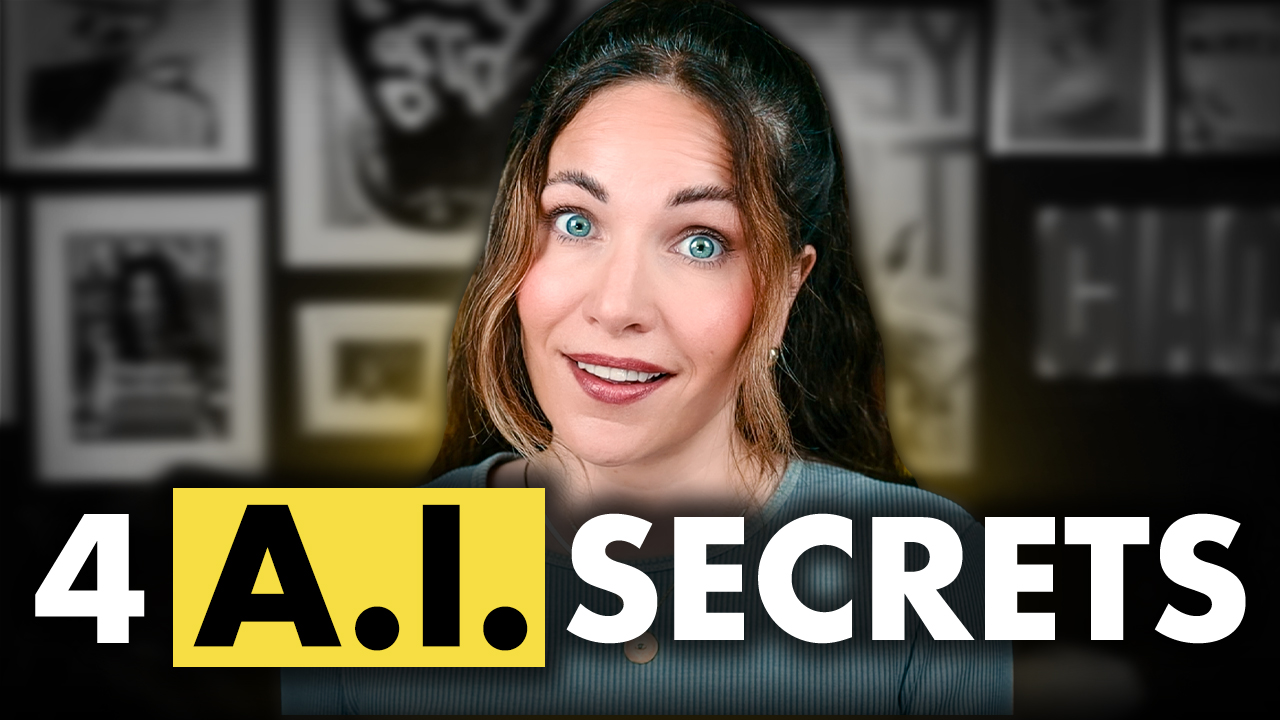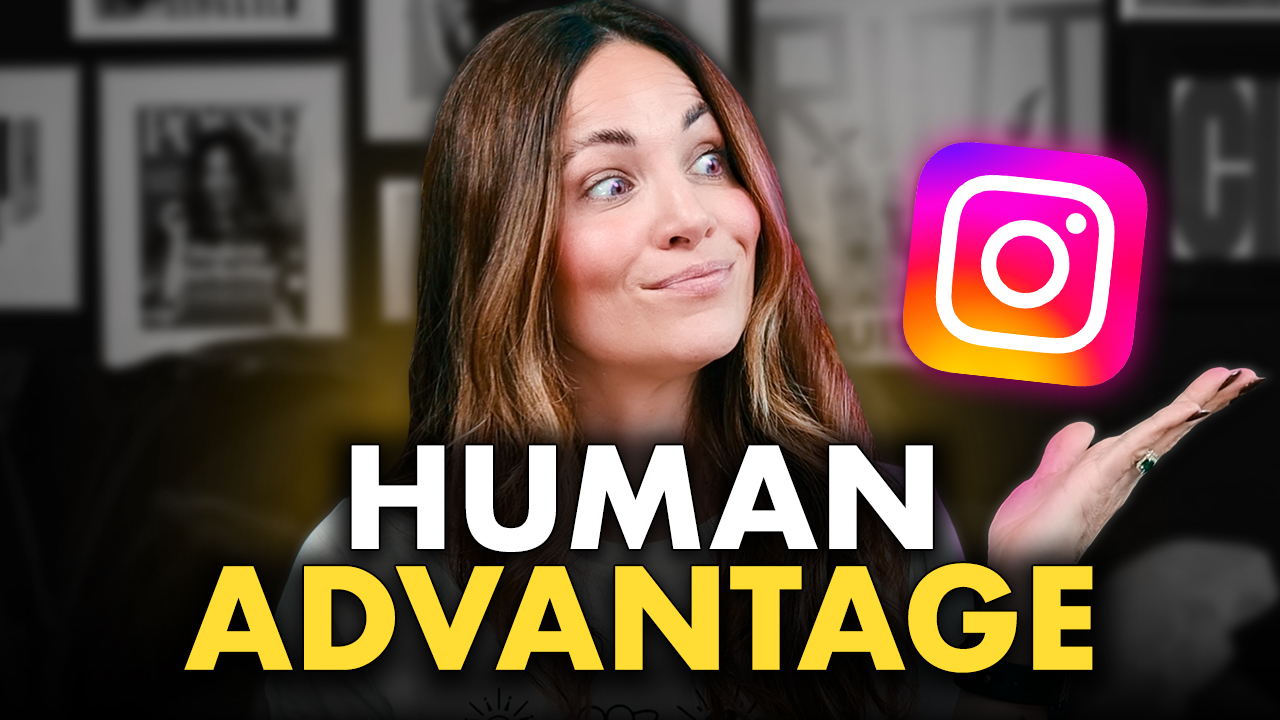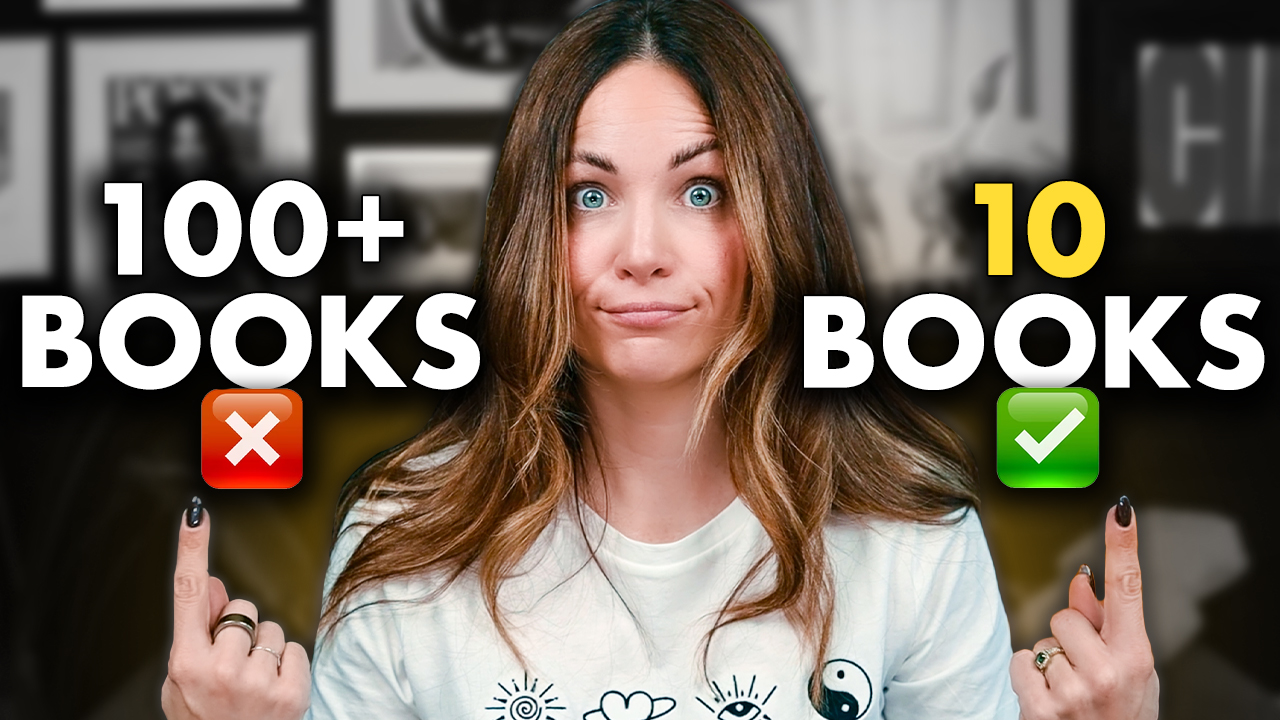How much should I charge for my services? If you’ve ever wondered this as a new freelance copywriter, this post is for you.
Hey guys — it’s Alex! Thanks for being here! In this week’s blog post, I’m addressing the big ol’ green elephant in the room when it comes to freelancing… And that is PRICING.
Figuring out your freelancing rate is a crucial yet tricky decision for anybody who’s starting out.
And I need to be frank with you. If you’re watching this video hoping for me to say “Oh, you need to charge $100/hour or $1000/hour”, that’s not going to happen.
It’s impossible for me to give you a number because there IS NO one-size-fits-all price for copywriting. It all depends on the type of deliverable you’re writing, the market you’re working in, your client, your network, and ultimately — your experience. Better writers can charge more, it’s that simple.
I’ve been doing this for almost ten years, and I’ve put in tens of thousands of hours into my career as both a copywriter and a marketer. So how I rate is unique to my background and expertise.
But here’s what I can tell you…
There are 8 very specific factors that will INFLUENCE your pricing, and that is exactly what I’m covering in this post. And, at the end of this post you can download my easy 8-Point Pricing Checklist to give you an idea of how much to start charging for your work.
I know pricing can be an uncomfortable topic, but here’s the great news – your pricing can change over time!
In fact, it should as you gain more and more experience and find your groove.
Setting a rate now doesn’t mean you’re forever locked into that price. Figuring out your sweet spot is an ongoing process of trial and error… And, like in any business, your market will help you gauge what’s too much, and what’s too little. Either way, you’ll learn quickly and re-adjust.
If you want more tutorials on copywriting and where to start, be sure to join the Copy Posse newsletter, so you’ll be the first to know.
And to all my Posse peeps, welcome back! Leave me a comment below to let me know you’re here.
Ok, now, let’s do this. Here are the 8 factors that will influence your pricing as a copywriter.
Pricing Factor 1: Time
This is simply how long the project will take. The longer it takes, the more you can charge.
Being able to estimate the number of hours you’d need to complete a task won’t only give you a good idea of how much to charge…
But it will also guide you on how to manage your time effectively.
It might not be easy to get it right at first, but the more experience you have with projects that are similar in scope, the more accurate your estimation will be.
If you’re new to the biz, here’s a helpful TIP to ease the process: track your hours with a tool like Toggl or Harvest to get familiar with how long it takes for you to complete certain tasks.
Pricing Factor 2: Scope
Or in other words, how much work is involved? The more deliverables you have to complete, the more you should be paid for that project.
Which is why it’s super important for you to get clear of the list of items your client expects you to deliver…. Before you get the ball rolling.
This also includes things like the number of revisions you’ll need to do, meetings that you have to jump on, and any unforeseen changes in scope.
A clear scope or job brief will help you estimate how much time you’ll have to set aside for a project and therefore — how much to charge them.
Having said that, here’s a TIP: if they’re committing to a large project with you, a common practice is to offer a “quantity discount.” For example, what you’d charge for ONE email would be greater than what you’d charge per email if they wanted you to write a 10-email sequence.
Pricing Factor 3: Deadline
How soon does your client need it? The faster they need it, the more you can charge.
For example, there may be instances when a client wants you to submit your deliverable within 3 days what you would usually take a week to complete.
A task or project with a tight deadline means that you have to make it a top priority, move things around in your calendar, and perhaps put more hours in a day than normal. This justifies a higher rate given the additional investment required on your part.
However, as tempting as it may be to take on more work, here’s a Tip: Be realistic about committing to rushed deadlines. Push back on any timelines that will force you to cut corners.
At the end of the day, you always want to submit good work because that is your reputation on the line. So, only agree to timelines that still allow you to do your best work. Leave me a comment below if you agree!
Pricing Factor 4: Experience
How much have you written in the past? The more experience you have, the higher your rates.
And let me be clear – experience has nothing to do with how many programs you’ve studied or books you’ve read on copywriting.
While it’s important to hone your knowledge by studying programs from copywriters you admire, what clients really care about is how much actual writing experience you have, how long you’ve been in the business, and how great your track record is.
It doesn’t mean businesses won’t hire green writers, though. In fact, many companies do look for and prefer fresh talent that they can mold with their own brand voice and training.
BUT, they expect to pay lower rates than hiring a seasoned and experienced copywriter.
So my Tip here is to have proof of your experience. Showcase testimonials from your previous clients and peers. Give your LinkedIn page a proper polish and have a portfolio of your top work handy for new clients to review.
Pricing Factor 5: Expertise
This relates to the amount of specific experience you have in a particular niche. The more specialized you are, the more you can charge.
For example, you could be a copywriter who specializes in tech, fitness, real estate, personal growth, or tourism.
Having highly specific experience allows you to bump up your prices when working with a client in that particular market or niche.
So if you’ve worked for several or more clients playing in a common field, that could totally give you the extra edge. I am a big fan of going deep rather than broad. I’ve been writing copy for the personal development, well-being and spirituality niche for 10 years.
Now here’s another tip: If you’re wondering where to start with your pricing, do some research on freelancer sites such as Upwork, Flexjobs, and Working-Not-Working — to see what similar writers, in a similar niche, with similar experience, are charging for similar work.
Pricing Factor 6: The Relationship Potential
The more potential a project has to turn into a long-term, mutually beneficial relationship, the lower you may want to charge. Plot twist!
It’s always a wise idea to consider the relationship you could build with a client, and the potential of a long-term retainer contract.
Working on retainer with a client gives you the security of a consistent and steady income. It’s a freelancer’s dream come true!
So with that in mind, you may want to consider charging slightly lower for your first project, to see if there’s a mutual fit and to start off on the right foot by adding massive value upfront
Now here’s a Tip when it comes to working on a retainer: Your retainer rate should ultimately work out to be lower than what you’d charge for a bunch of one-off projects in the same time frame. Your client should be incentivized to pay you on retainer, so give them a discount, and throw in some added value services like unlimited revisions, calls and other smaller copy pieces as needed.
To find out more about retainer pricing and when to use it, you can check out my next post on the 4 Best Pricing Models for Copywriters.
Pricing Factor 7: Portfolio Potential
Ask yourself, how much value will I get in return? Like any creative work, if you really want a job to be able to add some major cred to your portfolio, you may want to consider charging less.
For example, if you’re looking to expand and specialize in a new market or niche, you may lower your rates in order to get your foot in the door. Plus it’s common for new copywriters to charge less at the beginning as a way to gain experience and build their portfolio.
But here’s a Tip: Your first few clients will really set the tone for the niche you find yourself in. Like a river in a canyon, your previous experience will shape the direction you’re headed… And the longer you flow, the deeper you go. So take some time to really think about what niche you want to write in, and what type of clients you want to write for early on.
Then hunt for those clients! How, you might ask? I’ve got you covered — click here to read my blog on the 4 ways to get new clients.
Ok and lastly, that brings us to Pricing Factor number 8…
Pricing Factor 8: Fulfillment
Or in other words – how much will you actually enjoy it? The more excited you are to work with a brand, the less you may want to charge.
It’s every copywriter’s dream to get to the place where you’re able to take on only those projects that will fulfill you, with a client you jive with and who values your work.
However, there will be times when a brand or cause you’re passionate about doesn’t have the means to pay you your rate. Like portfolio potential, this is where you could look beyond pricing and consider the value of taking on the gig. If it’s a project that excites you and you know will be a lot of fun, I’d say go for it.
Because here’s the thing I’ve learned in the past decade…
FUN trumps money any day of the week. If you’re not excited or fulfilled by a project, DON’T DO IT. It’s not worth it. It never ends well.
But listen, I know not everyone has the luxury of turning down businesses, especially if you’re just getting started — we’ve all been there.
So if this is the case for you, my tip is to come up with your M.A.P — the minimum acceptable price that you’d be happy with to accept the job… And not end up feeling miserable or resentful down the road. And no matter what make sure you’re charging for your time and your expertise — not just the deliverable.
So there you have it guys, those are the eight key factors that will influence your pricing as a copywriter. You know the drill, leave me a comment below if you found this post helpful!And to get your hands on my handy Pricing Checklist, download it now!
Look out for my next post on the 4 different pricing Models you can use, and when best to use them. And of course, remember to subscribe to my newsletter so you’re first to know about my next tutorial.
Until next time, have a great week. I’m Alex, Ciao for now!
Watch this Instead


